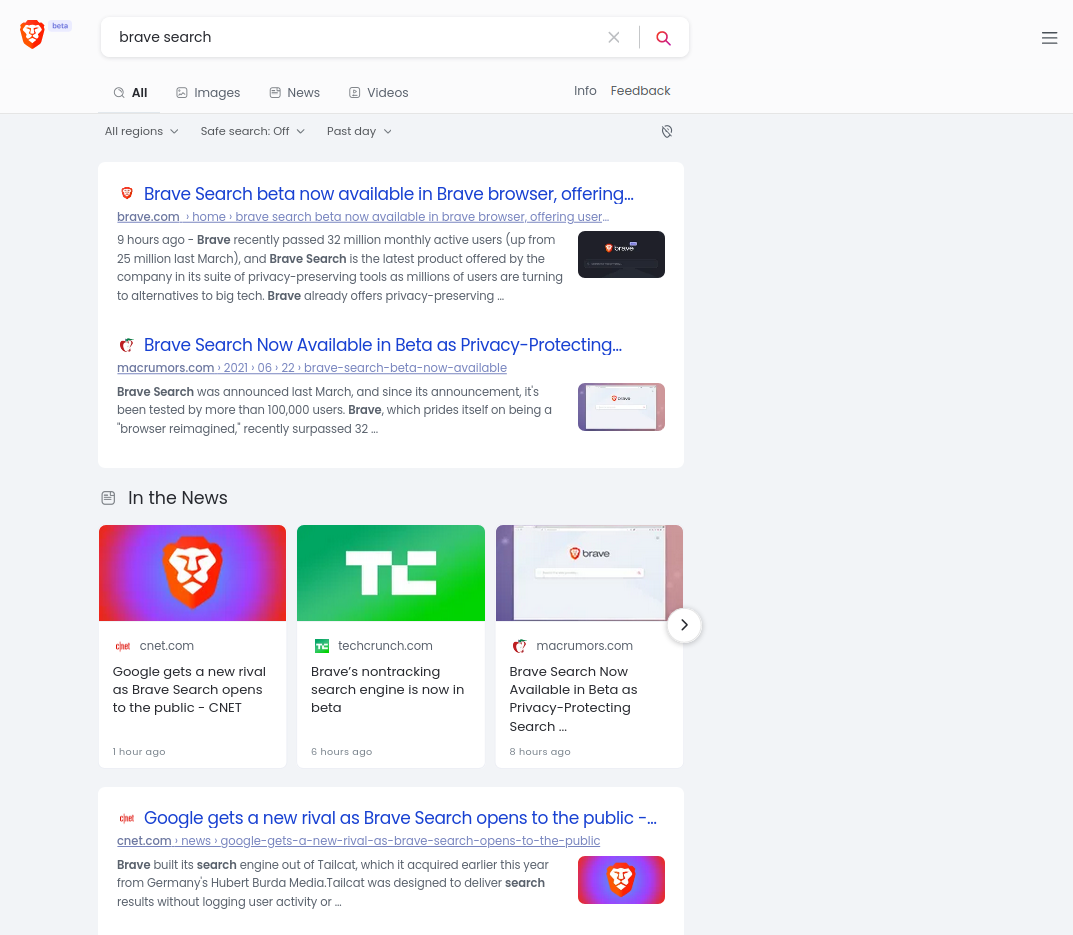


So, it’s a good idea to check suspected pages with Copyscape. I can recommend carrying out site audits on a regular basis in order to make sure there are no duplication issues found on your site.Įxternal duplication is yet another Panda trigger. The very first thing to focus your attention on is internally duplicated content. As stated by Google, this was done because the search engine doesn’t expect to make major changes to it anymore. For 5 long years it had been a separate part of a wider search algorithm until 2016 when Panda became part of Google’s core algorithm. This is how Panda marked the beginning of Google’s war against grey-hat SEO. It all started changing in 2011 when Google introduced its first ever Panda algorithm update, the purpose of which was to improve the quality of search results by down-ranking low quality content. So, this cheat sheet contains the most important algorithm updates of the recent years alongside battle-proven advice on how to optimize for these updates. Some of them remain unnoticed, others turn the SERPs upside down. Sometimes we know about them, sometimes we don’t.

Google makes changes to its ranking algorithm almost every day.


 0 kommentar(er)
0 kommentar(er)
